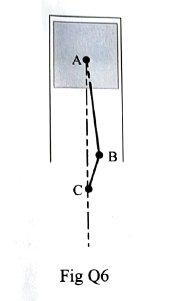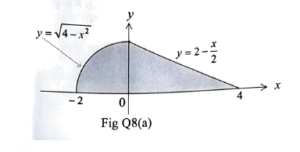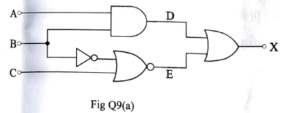Question Set: 2023/MAR (mathematics)
Total Questions: 9
- 01
- 02
- 03
- 04
- 05
Q5. For a particular vessel, fuel consumption, F tonnes per day, at a speed of v knots, are recorded in Table Q5.
(a) Draw a straight linear graph to verify that the fuel consumption and the vessel’s speed are related by a law of the form F = av2 + b where a and b are constants. (10)
v 5 10 15 20 25 F 6.5 18.5 38.5 66.5 102.5 Table Q5
Suggested scales: horizontal axis: 2 cm= 100
Vertical axis: 2 cm = 10
(b) Use the graph drawn in Q5(a) to estimate the values of a and b. (6)
- 06
- 07
- 08
- 09





